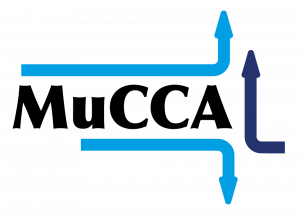In late 2019, a technology demonstration which only a few years ago would have been written off as impossible will take place. The MuCCA (Multi-Car Collision Avoidance) project, led by IDIADA UK and with financial support from Innovate UK, is developing a collaborative system that will enable connected and autonomous vehicles to avoid collisions. MuCCA-equipped cars will communicate with each other in the fractions of a second before a potential crash – and agree and act upon the best course of evasive action for each individual vehicle to take. Although connected and autonomous vehicles (CAVs) are expected to become increasingly common on our roads in the next few years, many non-autonomous ‘human driven’ vehicles will remain for the foreseeable future, so the system will also take on the added complexity of anticipating the likely behaviour of any human drivers who are in the vicinity of the potential crash. Given the fractions of a second in which the system will have to decide the optimal trajectories and in which the various vehicles will also have to execute the plan, this may all sound like science fiction. And, indeed, even those of us who are working on the project would be the first to admit that we are absolutely pushing at the limits of what is possible in terms of communication, processing power, and sensor capabilities. This is an R&D project, so we do not expect that at the end of the project we will have a system that is ready to be put into production cars, but we are confident that we will end up with a “proof of concept” – as well as a much better understanding of what is currently possible, and where the biggest challenges lie in truly achieving a safety system with sufficient swarm-like capabilities. Simplifying the scope Making that clear distinction between a system that is ready for “real roads” and a technology that is being trialled in a highly-controlled environment has, in fact, been the main factor in helping to move the proposed MuCCA system from those realms of impossibility and into an area that is ‘merely’ extremely challenging. A key early role played by my own organisation, the Transport Systems Catapult, was to define the exact parameters and scope of the project, using our expertise in Systems Engineering and our position as a not-for-profit “neutral player” in the Intelligent […]







